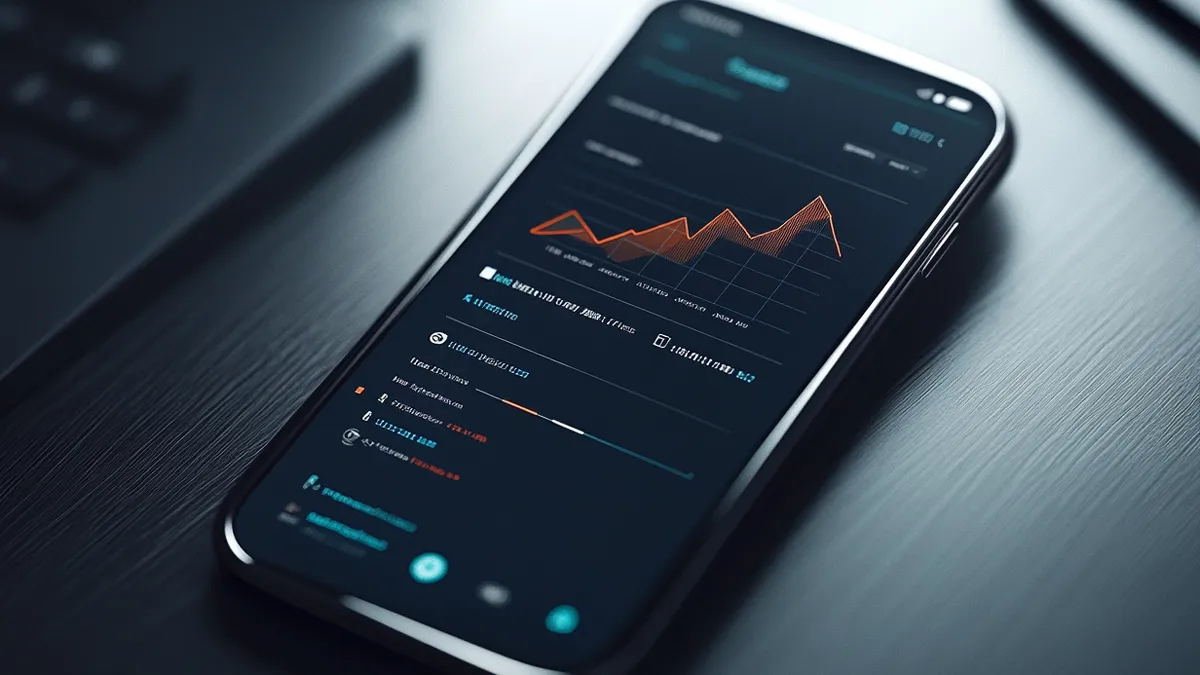Did you know that 61% of Google searches come from mobile devices? Yep, more than half of the people Googling, shopping, or browsing online are doing it from their phones. And it makes sense. These days, our phones are practically glued to our hands, so naturally, Google has adapted by putting mobile-first indexing at the forefront of its ranking system.
But what exactly is mobile-first indexing? In simple terms, Google now predominantly uses the mobile version of your website's content for ranking and indexing. So, if your site looks and performs better on a desktop than a phone, you might want to rethink your SEO strategy. Let’s dig deeper into why mobile-first indexing is a game-changer for SEO and how it can drive more traffic to your site.
Key Elements of Mobile-First Indexing
Mobile-first indexing isn’t just a catchy phrase; it’s a whole mindset shift in how we approach SEO. Let’s break down a few key factors you should keep in mind:
- Responsive Design: If your website isn’t mobile-friendly, your rankings will take a hit—plain and simple. A responsive design ensures that your website adapts to different screen sizes without sacrificing user experience. Think: legible text, clickable buttons, and fast loading speeds on mobile devices.
- Content Parity: This means the content on your mobile site should match your desktop version. Google now crawls the mobile version first, so if you’re hiding key information, like headings, images, or CTAs (Call to Actions), from mobile users, you're shooting yourself in the foot. Google sees that, and so does your ranking.
- Page Speed: No one likes a slow website, especially on mobile. In fact, 53% of users will abandon a site if it takes longer than 3 seconds to load. This ties directly into user experience (UX), which Google considers when ranking sites.
- Technical SEO: Proper schema markup, meta tags, and alt texts for images shouldn’t just be desktop considerations. Make sure your mobile version carries the same technical SEO finesse as the desktop counterpart.
Tools & Techniques for Mobile-First Optimization
Now that we’ve covered the basics, let’s talk about how to make sure your site is optimized for mobile-first indexing. Thankfully, there are some handy tools to keep you on track:
- Google’s Mobile-Friendly Test: This is an easy-to-use tool that shows how your site performs on mobile. It will flag issues like text too small to read or clickable elements that are too close together.
- Google Search Console: This gives you real-time insights into how Google views your mobile site, from crawl errors to mobile usability reports.
- Webflow: If you’re building a website on Webflow, their built-in responsiveness features make it easy to design with mobile-first in mind. You can toggle between screen sizes while designing, ensuring your site looks just as good on a phone as it does on a desktop.
- PageSpeed Insights: This tool helps analyze your site’s load speed and suggests specific improvements to make it faster, particularly for mobile users.
Common Mistakes to Avoid
We’ve all been there. You think you’ve nailed your mobile optimization, only to find out you missed a crucial detail. Here are some common mistakes to avoid:
- Hiding Content on Mobile: A lot of websites simplify their mobile versions by cutting out “non-essential” content. Bad idea! Google wants to see the full scope of your content, so make sure all important information is accessible on mobile.
- Neglecting Image Optimization: Huge images that load slowly can kill your rankings. Make sure your images are compressed and optimized for mobile without sacrificing quality.
- Ignoring AMP (Accelerated Mobile Pages): If you’re running a blog or news site, AMP can drastically improve load times and provide a smoother user experience on mobile.
- Not Testing Regularly: Just because your site was mobile-friendly a year ago doesn’t mean it still is. Regular testing is crucial to catch potential issues, especially as Google keeps tweaking its algorithm.
How It Impacts SEO
So, what’s the real impact of mobile-first indexing on your SEO? For one, it directly affects your rankings. A mobile-optimized site can outperform a desktop-first site in Google’s rankings, especially with the increasing trend toward mobile searches.
Secondly, user experience is a huge factor. Slow load times, broken links, or clunky mobile design will drive users away, leading to higher bounce rates, which Google does not like. Studies show that a 100-millisecond delay in load time can drop conversion rates by 7%. Mobile-first indexing helps you avoid these issues, keeping users on your site longer and increasing your chances of conversion.
Lastly, Google is constantly improving its AI and machine learning capabilities. The search engine is getting better at predicting what users want, and more often than not, users want a seamless mobile experience. So, the better your mobile site, the more likely you’ll show up in those top spots on search results.
Conclusion
Mobile-first indexing isn’t just a trend; it’s the future of SEO. With more people using their phones to search, shop, and engage with content, you can’t afford to ignore mobile optimization. By focusing on responsive design, matching content across devices, speeding up your pages, and using the right tools, you’ll be well on your way to boosting your rankings and driving more traffic.
Ready to make your site mobile-first? Start optimizing today, and watch the traffic—and conversions—roll in!


